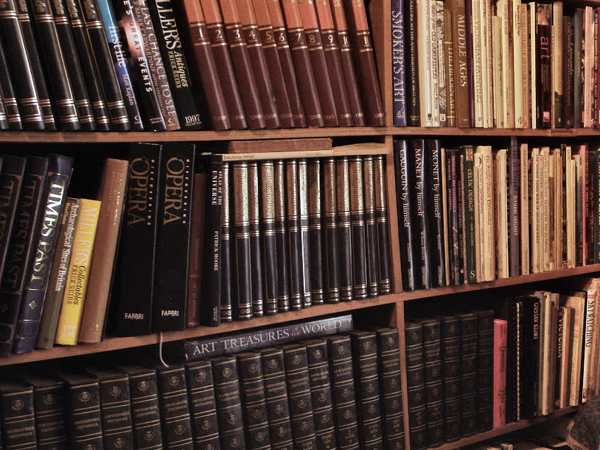When we think of cursed mummies, Tutankhamun usually comes to mind. But there’s another haunting tale that captured the imagination: the so-called “Curse of the Unlucky Mummy.” The chilling story involves a mummy causing untold disasters and even sinking the Titanic—but how much of it is true?
Legend of the Unlucky Mummy
The legend begins with four wealthy Englishmen who, in the late 1890s, purchased the mummy of a supposed priestess named Amen-Ra. Shortly after, their fortunes turned: one man disappeared into the desert, never to be seen again; another lost his arm in a shooting accident; the third lost his wealth when his bank failed; and the last fell seriously ill and was left destitute. The mummy supposedly brought disaster wherever it went until it eventually landed in the hands of a British businessman. His family suffered a series of misfortunes, including car accidents and a house fire, leading him to donate the mummy to the British Museum.
The supposed curse didn’t stop there. Night watchmen assigned to guard the mummy allegedly died, a photographer who captured its image took his own life, and a museum employee died mysteriously at his desk. The mummy was finally shipped to America, reportedly aboard the ill-fated RMS Titanic, adding yet another tragic chapter to its already dark history.
Fact vs. Fiction: Journalists Behind the Story
Despite its terrifying nature, the “Curse of the Unlucky Mummy” is pure fiction, crafted by journalists William Thomas Stead and Douglas Murray. In the early 20th century, Stead and Murray spun a tale about a mummy that wreaked havoc wherever it went. After visiting the Egyptian Rooms in the British Museum, the duo embellished their story, introducing a vengeful ancient princess and a string of unfortunate events that followed anyone in the mummy’s path.

Stead, a well-known spiritualist, became one of the Titanic’s passengers in 1912. During the voyage, he recounted his fabricated tale of the mummy curse to fellow travelers. According to survivors, Stead had even warned that a medium predicted the ship’s doom. While the chilling anecdotes Stead shared added to his mystique, he perished when the Titanic sank, fueling rumors that his fictional story was linked to the real tragedy.
Truth About the British Museum’s “Unlucky Mummy”
The artifact at the center of this legend isn’t even a mummy. The British Museum’s piece, identified as BM 22542, is a mummy-board—a decorative wooden panel placed inside a coffin. Although it was once labeled as belonging to a “priestess of Amen-Ra,” there is no evidence to support this, as the board has no identifying inscriptions. Moreover, the artifact has never left the museum since its donation in 1889, debunking claims that it traveled aboard the Titanic.
Legacy of a Manufactured Curse
The “Curse of the Unlucky Mummy” shows how easily myths can be taken as truth, especially when paired with real-life tragedies. Though entirely fictional, the story highlights our fascination with curses, ancient relics, and the unexplained. Today, the legend endures as a testament to the power of storytelling and the dangers of believing in sensational tales without scrutiny.
This sensational story, crafted by imaginative minds and fueled by coincidence, reminds us that not all spooky stories have their roots in reality. The real curse, it seems, was the media’s knack for blending fact and fiction, creating a myth that haunts us to this day.

